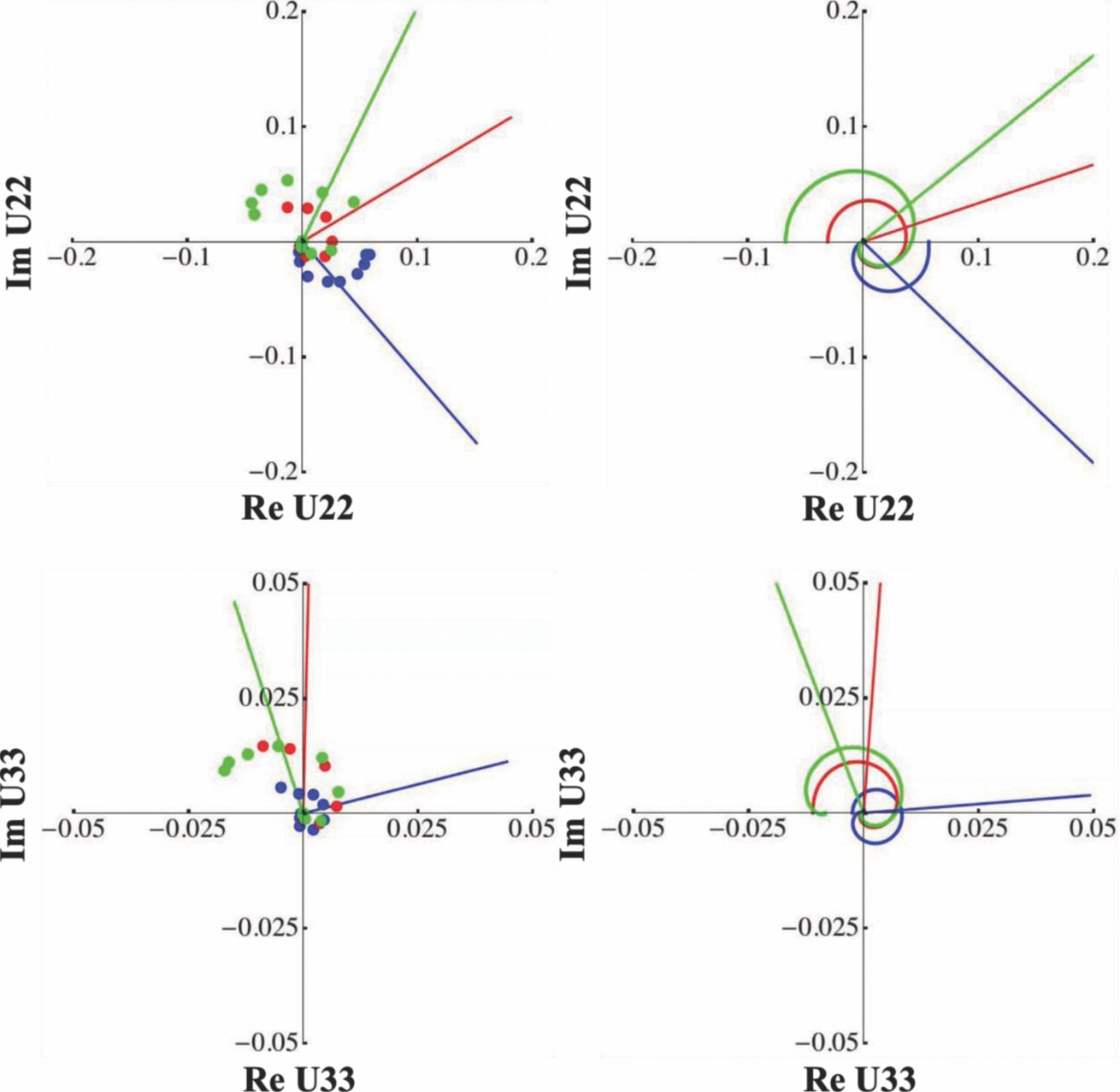Abstract
Films of La0.8Sr0.2CoO3-δ (LSC-82)
with 45 and 90 nm thickness were grown epitaxially on (001)
oriented single crystal yttria-stabilized zirconia with a thin gadolinium-doped ceria interlayer using pulsed laser deposition,
and characterized using X-ray diffraction (XRD), depth-profile secondary mass spectrometry (DP-SIMS), and linear and nonlinear electrochemical
impedance spectroscopy (EIS and NLEIS). The films were found to exhibit in-plane tensile strain and normal compressive strain (with overall increased
lattice volume) relative to freestanding cubic LSC-82. The films also possess a compositional La/Sr gradient across their thickness, with enhanced Sr2+
composition (within the perovskite lattice) at the gas-exposed surface. The oxygen storage capacity of the films at 450–600°C
(as measured using EIS capacitance) is greatly enhanced relative to freestanding cubic LSC-82, consistent with an apparent increase in oxygen-vacancy
concentration at the gas-exposed surface of the films (as revealed by NLEIS). These results can be explained by a two-layer model in which a finite thickness
of the perovskite lattice near the surface has an enhanced Sr dopant concentration, leading to a much higher concentration of oxygen vacancies than the
underlying bulk material of nominal Sr composition. The nonlinear electrochemical response of the film is consistent with a dissociative adsorption rate law,
provided the enhanced bulk vacancy concentration near the surface is included in the analysis.
# Graphical Abstract
